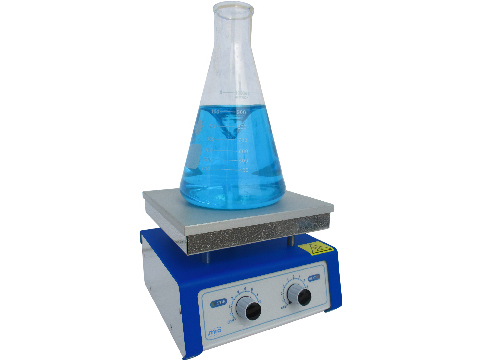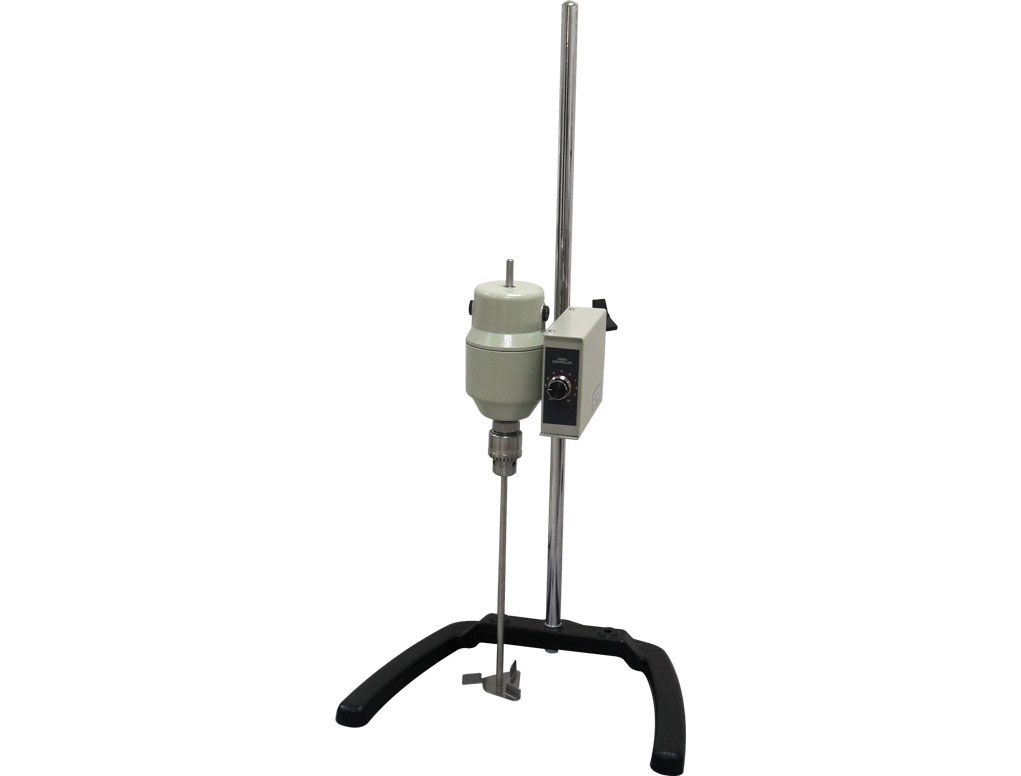Mixing, combining, or different homogenizing liquids are essential in laboratory research, medical diagnostics, and the food industry. To achieve this result, researchers need special mixing equipment that is effective and easy to use. Laboratory stirrers can solve this problem as they are designed to handle a wide range of fluids and provide superior mixing performance. There are mostly 3 laboratory stirrers: magnetic stirrers, overhead stirrers, and hot plates.
Each stirrer is used for a specific purpose and has its advantages and disadvantages. Magnetic stirrers, for example, are typically used in chemical or pharmaceutical laboratories to mix small volumes of liquids such as solutions or suspensions. They are best suited for low-viscosity fluids and operate with minimal noise. On the other hand, overhead stirrers provide a more powerful stirring action and can be used when higher-viscosity liquids need to be mixed. Hot plates offer controlled heating capabilities which may be necessary when working with certain chemicals.
Laboratory Stirrers
A laboratory stirrer is used to mix or disperse fluids in a container. It consists of several components: an electric motor with a stirring shaft and a base that holds the motor and the stirring impeller. The impeller rotates at high speeds to create fluid motion and help homogenize the liquid. Laboratory stirrers can be used for various applications such as cell lysis, protein purification, chemical synthesis, or sample processing. They are commonly found in medical laboratories, chemical labs, research facilities, and industrial settings. Do not confuse laboratory stirrers with shakers or rotators. Shakers are used for shaking various objects in the laboratory, while rotators are mainly used to rotate and mix viscous fluids.
Magnetic Stirrers:
Magnetic Stirrers are the most commonly used laboratory stirrers. They work by placing a stirring bar inside the container and activating a magnetic field that causes the stirring bar to rotate rapidly. This creates fluid motion, which helps mix or homogenize the container's contents. The motor has a magnet for producing electromagnetic fields. Another magnet is placed inside the liquid, which causes the stirring bar to move. Magnetic stirrers are usually used for small-scale mixing, as they are limited in speed and power output.

Overhead Stirrers:
Overhead stirrers are designed for heavier mixing tasks that require greater stirring power than what is provided by magnetic stirrers. They work by placing a stirring bar inside the container and activating an electric motor rotating the stirring bar at high speeds. This creates much more powerful fluid motion, which helps in quickly dispersing or homogenizing even very viscous liquids.
An overhead stirrer is necessary when working with harsh chemicals as it can handle more extreme conditions than a regular magnetic stirrer. The material the impeller is made of is important when using an overhead stirrer. Different types of impellers are designed to stir various liquids, so select the right one before beginning your project. Ensure it is compatible with the liquid's chemical composition and can withstand extreme temperatures.

Hot Plates Stirrers:
Laboratory Hot plates are used in laboratory settings to provide a controlled heat source for various projects. They consist of a flat, insulated surface on which an electric current is applied to produce heat. Hot plates can warm samples or maintain a constant temperature while performing other experiments. As with the other laboratory stirrers, selecting the right hot plate type for your project is important. Choose one that can provide enough heat to reach your desired temperature and that won't be damaged by any extreme temperatures or chemicals you may be working with.